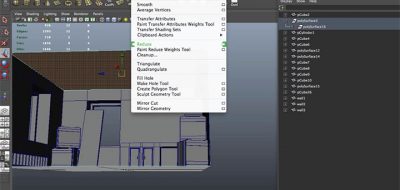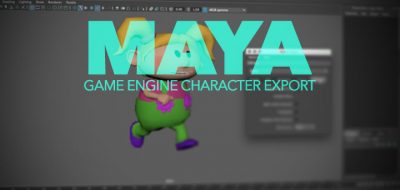Autodesk posts a presentation given by Judd Simantov over the 2013 GDC recently, who shows the production techniques used for modeling and rigging Naughty Dog’s latest work “The Last of Us”.
This is a great look into the rigs used for the project, starting with the character considerations needed for a higher level of realism in game. One of the most important consideration were the facial rigs, containing around 98 joints in the face, rigging the face with the eyes half closed, and the mouth half open which allowed for a much better normal sampling on things like they creases of the eye and mouth.
presentation shows the techniques he used in modeling and rigging the game’s primary characters, and he covers special considerations for artists who want to maximize realism and evoke an emotional response from players
There are a lot of great things in this one, including a look at the muscle system developed for the project, using realtime muscle shells that can bulge based on the attachment point distance. This allowed the team to rely less on using Set Driven Keys and Constraints.
Interestingly, the joint set up is a little more expansive than what is normally used, especially in game engines, where the characters sport roughly 236 joints, 241 of those being animation sampled joints and with around 85 of them being runtime driven. As an example, the hand joints are created to take intercarpal articulations into consideration for more subtle and more realistic hand deformations.


